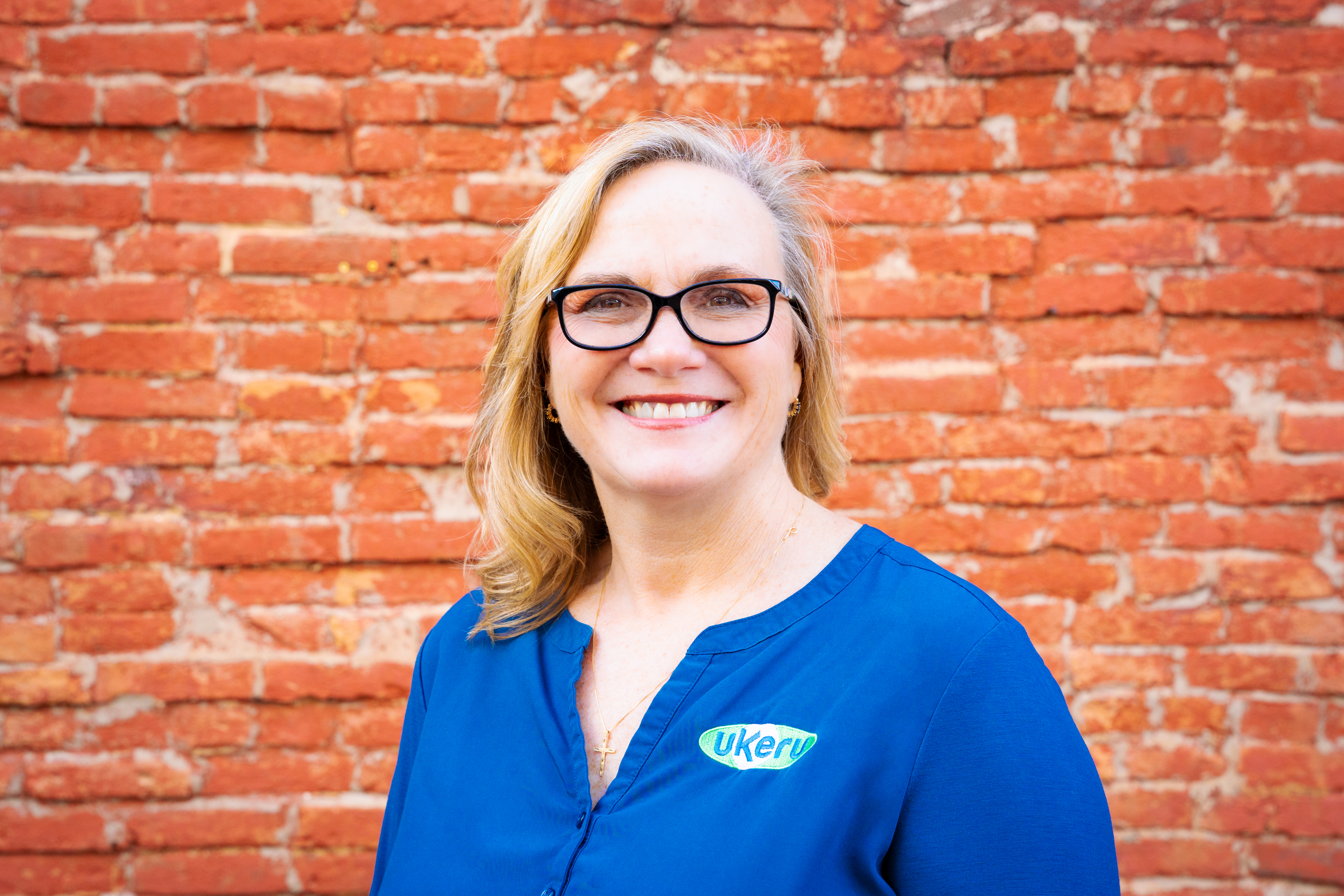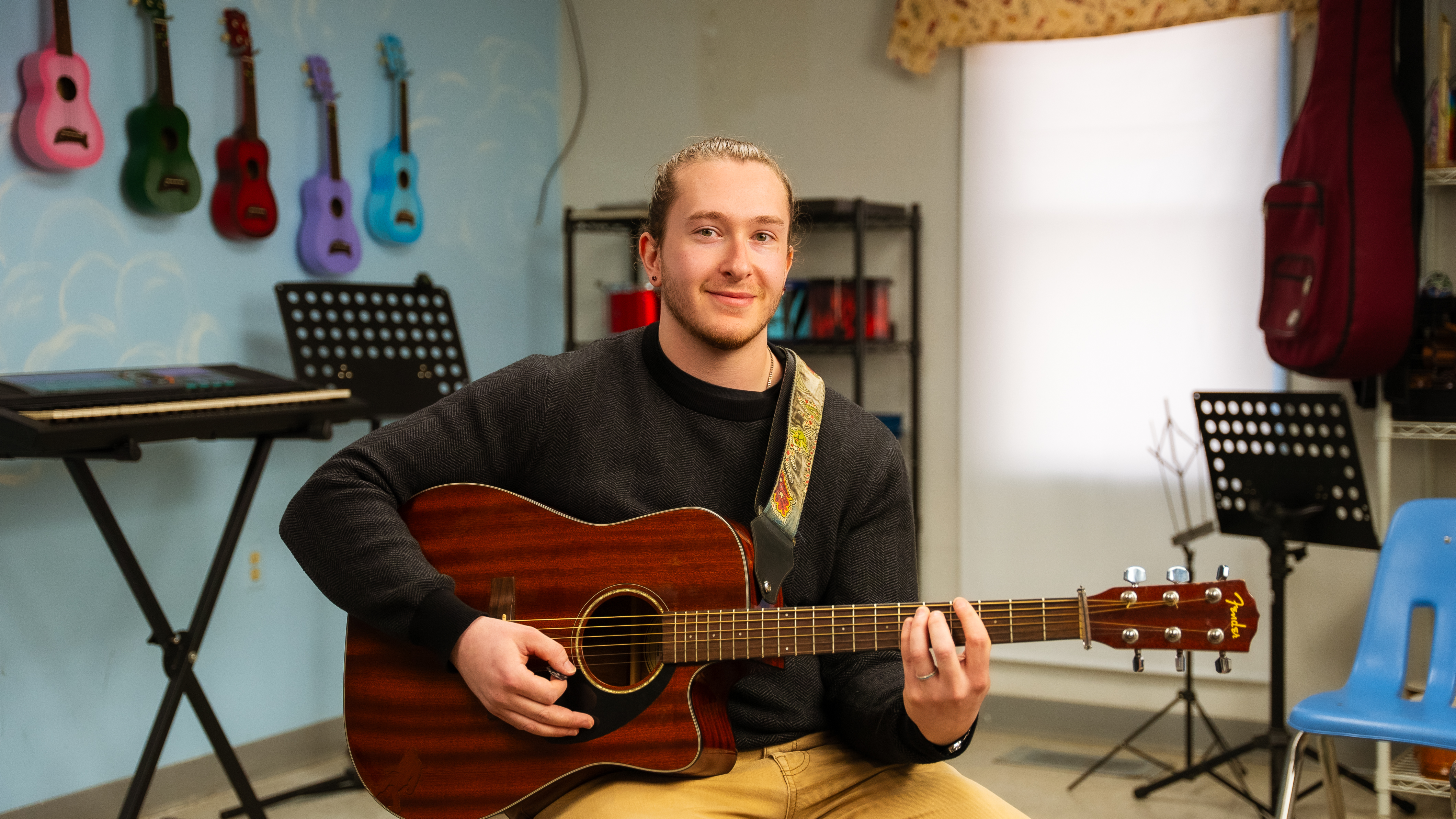
Jack Scott, PhD., Executive Director of the FAU CARD center at Florida Atlantic University, is active in the areas of autism, applied behavior analysis, and early intensive behavioral intervention for children with autism and related disabilities. He conducts an annual study of parent-directed intensive behavioral early intervention programs as well as research on the reading skills of children with autism. Ukeru has enjoyed working with Dr. Scott over the years and we are pleased to provide you an in-depth interview.
Tell us a little about your background. How did you get involved in this area of behavioral health?
I come at the work I do now as a behavior analyst and a special educator. Soon after we established our Florida Atlantic University Center for Autism and Related Disabilities, I quickly realized that children with autism were drowning and dying in other ways at a disproportionately high rate. When I investigated, I found out that people with autism have a three times greater rate of death and serious injury, much of it from unintentional injury. The death of a second young child in our area from drowning was what really grabbed my attention to autism safety. I am still at it and not just from drowning but other causes as well such as suicide and other risks. Sadly, one of those sources of injury comes from school-based restraint and seclusion. In addition to physical injury, I know there is great emotional and psychological injury done by restraint and seclusion. I’m now also looking at suicide risk for people on the spectrum and that, as you might imagine, is also significantly higher than for members of the general public.
How have you seen the field of behavioral health change and advance during your career? Are we making progress?
When I began working in a residential program for children with severe emotional disorders back in the mid-1970s, it was common in some programs for children to be not only restrained but physically roughed up. A child might be shaken, pushed around and otherwise treated very poorly. Such practices are absolutely not tolerated now. But we still do way too much restraint. We do see efforts to reduce restraint and seclusion with frequent monitoring and in the case of Florida, the Florida Department of Education looks at data district-by-district and schools being asked to look at these data on a school-by-school basis. Even with additional attention, there are far too many applications of physical management.
Again, in Florida, we have a related problem. While on one hand we seek to have fewer applications of restraint, we have sky high levels of police being called and children being taken to a psychiatric facility for assessment. The laws governing these practices were designed for adults and not for children with developmental disabilities. These laws are being misapplied and it is both cruel and costly. So, here we see a decrease in restraint but we also see a big increase in psychiatric short-term admissions. This is terrible and advocates for persons with disabilities in all states need to be alert to potential for this harmful approach.
In your research, have the techniques of restraint and seclusion adversely affected children? If so, how?
I don’t actually do research specifically on restraint and seclusion. But in my work and other research it’s clear that children with disabilities suffer as a result of these restraints and seclusion. Emotional and psychological damage must be very powerful. Here the child is physically restrained and handled by one or more adults in a way that is often not caring. We know from our work with persons with autism that comorbid psychiatric conditions occur in about 70% of cases and about 40% adults with ASD have two or more psychiatric comorbidities. I wonder about the contributions being made by overreliance on physical management in their formative years.
From a special education standpoint, restraining and secluded children with disabilities dramatically increases the difficulty of having these children included with typical children. The child is treated in a way that no other child is treated, and it must send a terrible message to the other children that something is wrong with this special kid. It is sad that peers see our children with disabilities in this way. In my view, I see this as evidence that there is something wrong with the way our schools may be treating children with special needs, and we should revisit the program and make it more meaningful and have it be one that increases the child’s comfort while they participate with other children. As we seek to include children with disabilities with their peers, we have to make the environment welcoming and comfortable for all.
You are located in the state of Florida. A new bill was recently passed in your state banning seclusion and limiting the use of restraint. Does this bill go far enough to protect all children, but especially those with disabilities?
I have already mentioned the situation we face with a reduction in restraint and seclusion and these are good reductions and the elimination of seclusion is long overdue. But the Southern Poverty Law Center (SPLC) recently wrote an excellent report called Costly and Cruel: How Misuse of the Baker Act Harms 37,00 Florida Children Each Year.
This report focuses on the use of the Baker Act, which is our Florida involuntary psychiatric commitment act. In Florida, we have over 37,000 children per year being involuntarily placed in psychiatric facilities for short-term assessment. The majority of them seem to be coming from schools and this is tragedy as the schools are responsible for providing a free appropriate public education for children with disabilities and most of these children are children with disabilities. That free appropriate public education should not include a child being unfairly sent to a psychiatric facility. While we have some progress in reducing restraint, at the same time we see a major step back, which I’m afraid is a tremendous embarrassment for the state of Florida. It is terrible that we are in #1 in the unfair use of psychiatric short-term involuntary commitment for children. I hope advocates in all states pay close attention to the bad example we have here in the Sunshine State. It makes no sense to reduce restraint and seclusion and then deal with children who present physical management challenges by having the police come and take them to a psychiatric facility. This is truly cruel to the child and the family. I also worry about the guilt and mental health of the educators and police officers who find themselves drawn into the terrible situations.
You co-authored a book used to instruct educators in effective practices for teaching children with autism titled, Students with Autism: Characteristics and Instructional Programming. What is your advice to a new educator working in this area?
I did co-author that book several years ago, and I have a recent one on safety published by Woodbine, called Safeguarding Your Child with Autism. Let me offer some recommendations to new teachers from this book. If you work with children with autism, be aware that they are a dramatically greater risk for serious injury and even death when compared to other children. Monitor your classroom closely for any items that could be dangerous to these children. Keep potentially dangerous things not only out of reach but out of sight. Be alert to the dangers of physical management, and take a careful look at the US Department of Education’s recommendations for the reduction in use of physical restraint and understand the implications of always providing good treatment of children in school, even when a child has hard-to-manage behaviors.
New teachers should investigate alternatives to traditional physical management programs. Most of these programs have been around for many years, the evidence base for their effectiveness is pretty shaky, and the evidence for physical management in general is lacking. Next-generation programs are clearly called for, and these would be ones that do not demand that the child comply and that are far gentler and emphasize comfort and the child feeling secure in the setting rather than immediately complying with adult demands. I know we hear these horror stories, such as ‘If you don’t physically restrain a child, they will tear up the entire room, and they will cause thousands of dollars’ worth of damage.’ This rarely ever happens, and if it does, it is probably because a child is in a totally wrong situation. There was likely a major placement error. Most children, when they are having a meltdown or showing disruptive behavior, need a little bit of space and for a compassionate, caring adult to be near them and, if absolutely essential, perhaps a little bit a blocking so they don’t hurt themselves or someone. The Bible in Proverbs 15:1 says“A soft word turns away wrath, . . .” I see a strong statement here for how we should be dealing with a child who has lost control.
A final tip, and this for new teachers especially teachers of children with autism. To deal with the elopement issue for so many children with autism, your school should have an elopement policy. This differs from the child who is skipping school and would be a policy applying to children do not have the capacity to maintain their own safety. Most schools do not have any policy relating to this and we find principals often delay as much as an hour before calling 911 to report a child missing. It is during this time when a child with autism can easily be harmed or drowned or otherwise injured. A thoughtful policy is needed and an immediate call to 911.
What tips would you give to parents that have a child with autism as they enter a new school year, especially if their child is anxious about going back into the classroom?
First, parents, your concerns about your child going back, especially after what may have been some period of time away or with masking in place, are entirely well-founded. While most school districts are taking a very cautious approach some are much more freewheeling. If you have a child with disabilities who may be prone to physically acting out or who has interfering behaviors, I would suggest asking for an IEP meeting. At this meeting discuss the transition back to school. I realize that for most people reading this, their child already will be back in school. But if your child is having repeated meltdowns or major problem behaviors, I would strongly recommend asking for an IEP meeting. The child needs to want to go to school and this may call for a reduced school day and certainly a reduction in demands placed on the child. I can understand some teachers wanting to plow ahead to try and catch up as quickly as possible for all missed work. That is totally unrealistic. Instead, school needs to be a comfortable place for the child and a place where demands are placed on the child only if the child is able to manage them successfully. Placing too many demands on the child at this transition back time sets the stage for repeated, unnecessary problem behaviors. In this situation it is not fair to blame the child. Rather, faulty instructional programming and faulty behavioral programming is what will bring about the perceived need for restraint or other reactive measures. Instead, the child should want to go to school and school should be a friendly and welcoming place.
Parents should also ask to be informed about the nature of a physical restraint programs in place in their child’s school. They should ask about the training provided to staff, they should ask about how these procedures are monitored at the school and district level and they should ask what procedures are in place to assist the teacher or even a school showing a need for support based on excessive use of physical management. While most states require the parents be immediately notified of such incidents, not all do. But parents should ask to be immediately notified if any physical management is used on their child and they should get all of the details. And while parents are engaged in this kind of dialogue with the school, they should also ask that if Ukeru is not being used at the school, that it should be investigated for use.
In your opinion, why is the Ukeru model of training effective?
My view as to why you Ukeru is effective may not be what your research tells you. As a teacher trainer with 30+ years’ experience, I know young people do not go into teaching so they can physically handle children. They go into teaching, and especially into special education, to make a difference in the lives of children. They go into teaching to be helpful to children. I think Ukeru taps into this essential motivation and shows that a compassionate and skillful response to the child will bring about a de-escalation and allow the child and the teacher to reengage in regular school activities. That’s what they both want. Ukeru also helps foster the relationship between the child and the adults in the classroom. Traditional physical management doesn’t help that at all and can actively harm what relationship may be in place. I think Ukeru speaks to the core motivations of people who are drawn to teaching and they naturally respond to it as a more compassionate and positive alternative to outmoded approaches.
If you could reform our education system to better accommodate children with autism and related disorders, what would that look like?
This is a very difficult and complicated question. First, I would make sure that teachers for children with autism are exceptionally well trained and trained in evidence-based practices. I would set up supervision systems such that teachers are actively coached to use these approaches and practices and given expert guidance to help them be successful. For children who are currently telling us by their behavior that they have very significant needs, we must have far more specialized programming than we have now. I am very much impressed with the work of Greg Hanley in Massachusetts which applies next-generation or very modern behavior analysis techniques to children with major challenges in such a way that the child is not likely to act out during intervention. I would couple this with next-generation crisis and physical management programs such as Ukeru so that children do not establish a history of being physically restrained– held on the floor and teamed up on by three, four or five adults for something that probably didn’t require any physical management in the first place.
Lastly, I would see that there is an active and effective parent training program made attractive to parents and specialized so that it can help identify and meet some of the unique needs of, Black and Hispanic parents and other groups of parents who may not relate as well to a one-size-fits-all program. If we can help parents understand how problem behaviors typically develop from the earliest age, I think we will forge the necessary partnership so that children with more challenging behavior have very few physical management episodes or possibly none. Children with autism do not have to have problem behaviors and high-quality programs demonstrate this quite clearly.
What are you currently on?
I’m now involved in two major studies. One on the effects of Covid-19 on children with autism and their families. This is in the final stages of preparation and we have some interesting findings. We know quite clearly that for children with autism who are more severely impaired that online options did not work and the children learned next to nothing. We recommend in any future lockdown, that parents must be the focus of support so they can in turn work more successfully with their child. The other research is with the Autism Society of America and here, I am chairing a suicide prevention task force looking at the suicide issue for adults with autism.
As in safety from unintentional injury, the data show attempts at suicide and deaths are dramatically higher for people on the spectrum. A study based on data from Denmark by Kairi Kolves and others (2021), shows there may be there may be a three times greater risk for people with autism and for females with autism it may be as much a 4.4 times greater risk for suicide. So, these two studies are going keep me occupied for some time. I would like my next book to be one on mentoring for children with autism as we typically don’t consider mentoring as an option for children with autism. At Florida Atlantic University we have a program showing children with autism can benefit tremendously from mentoring, much the same way as any other child benefits from mentoring.




